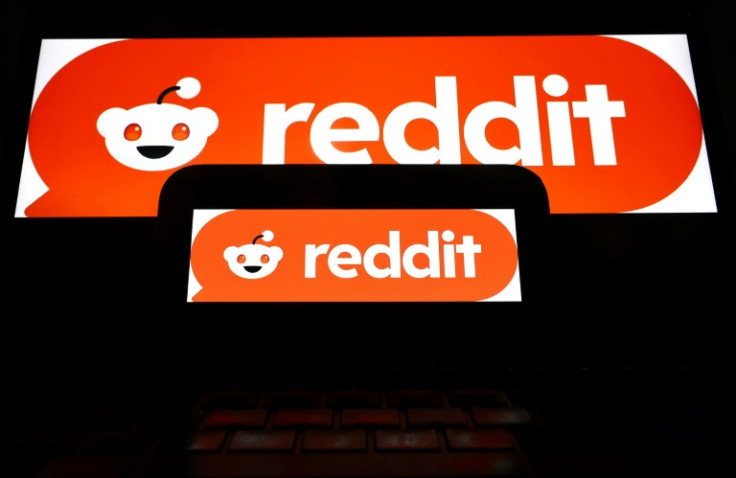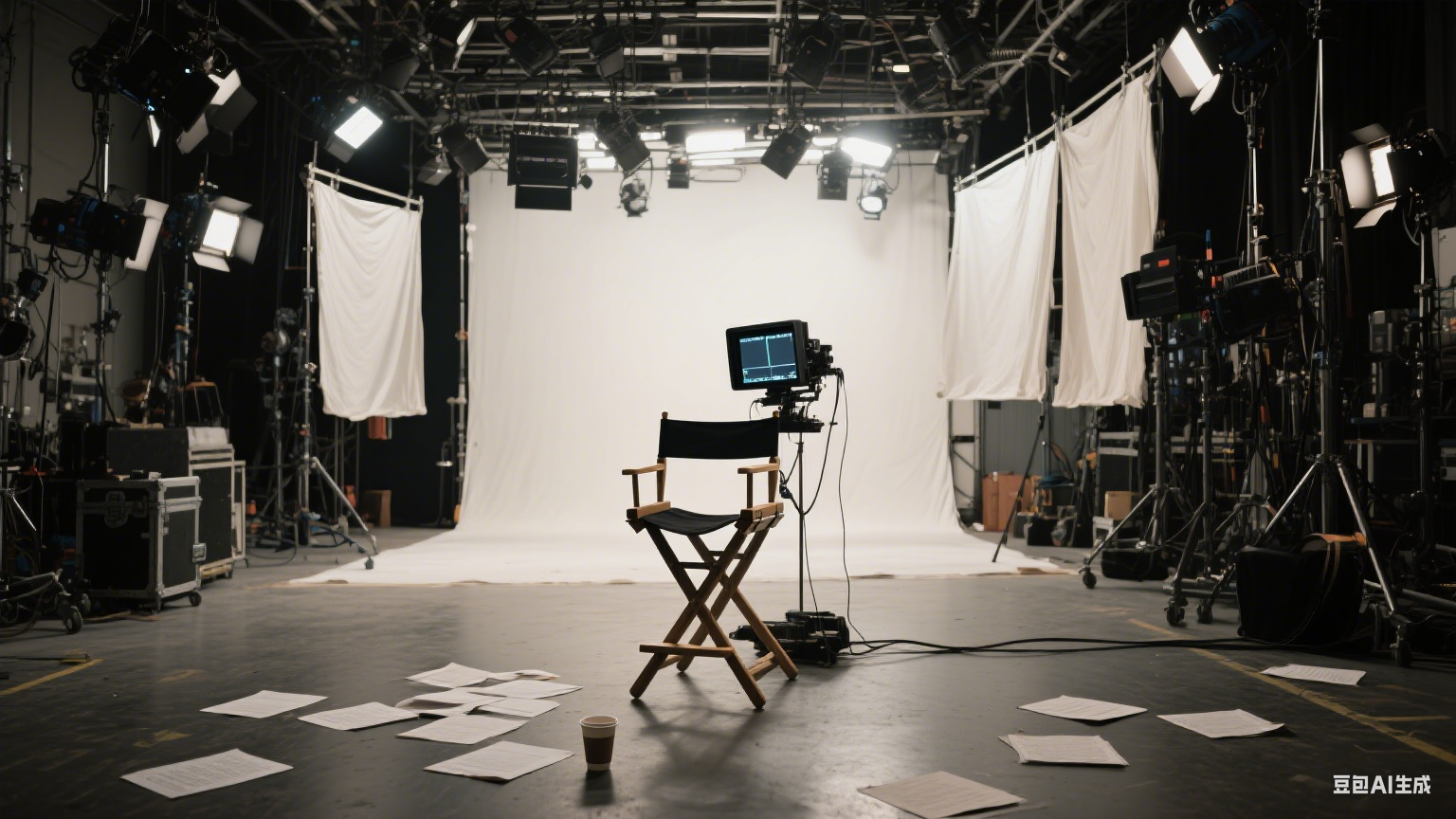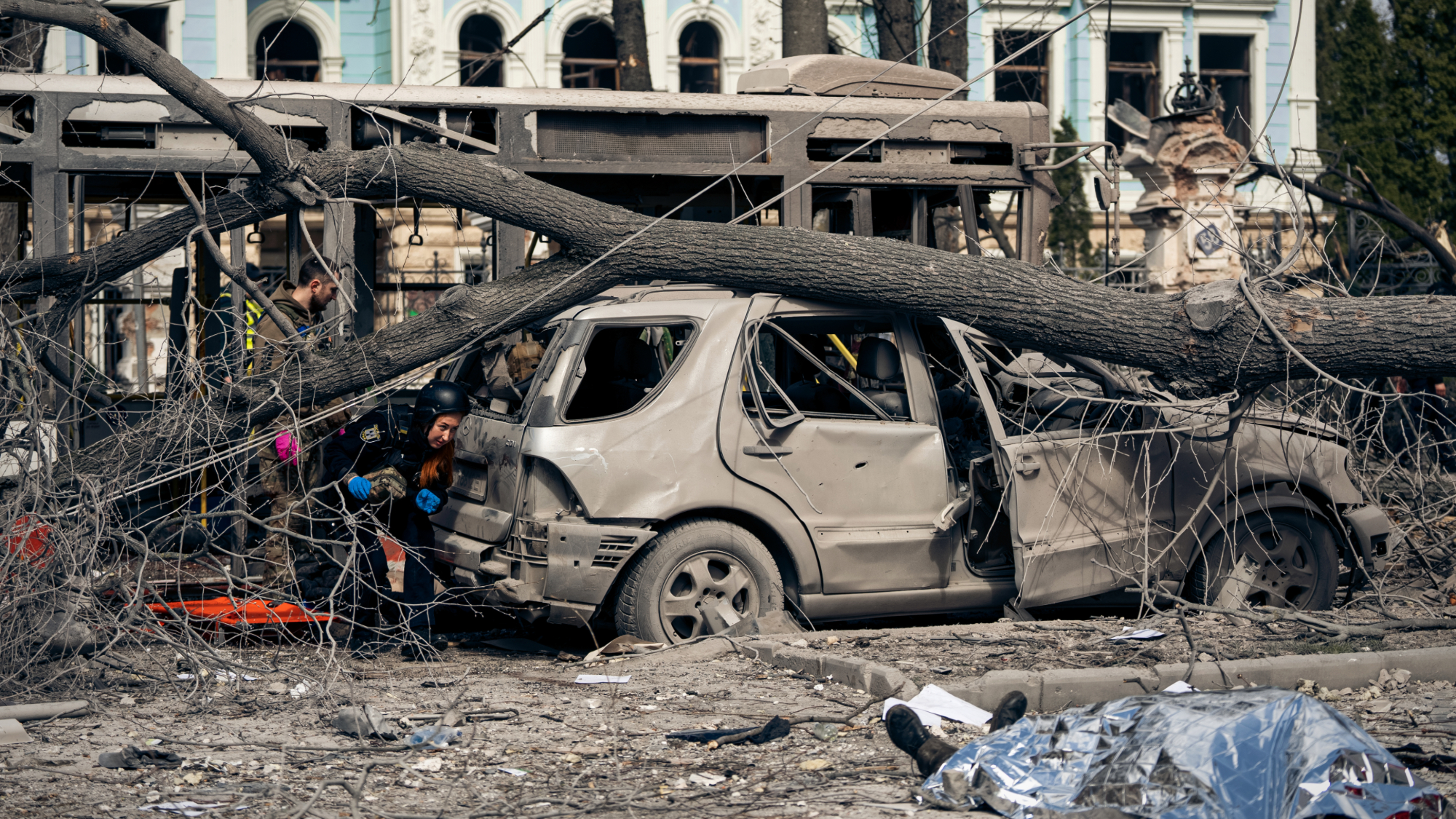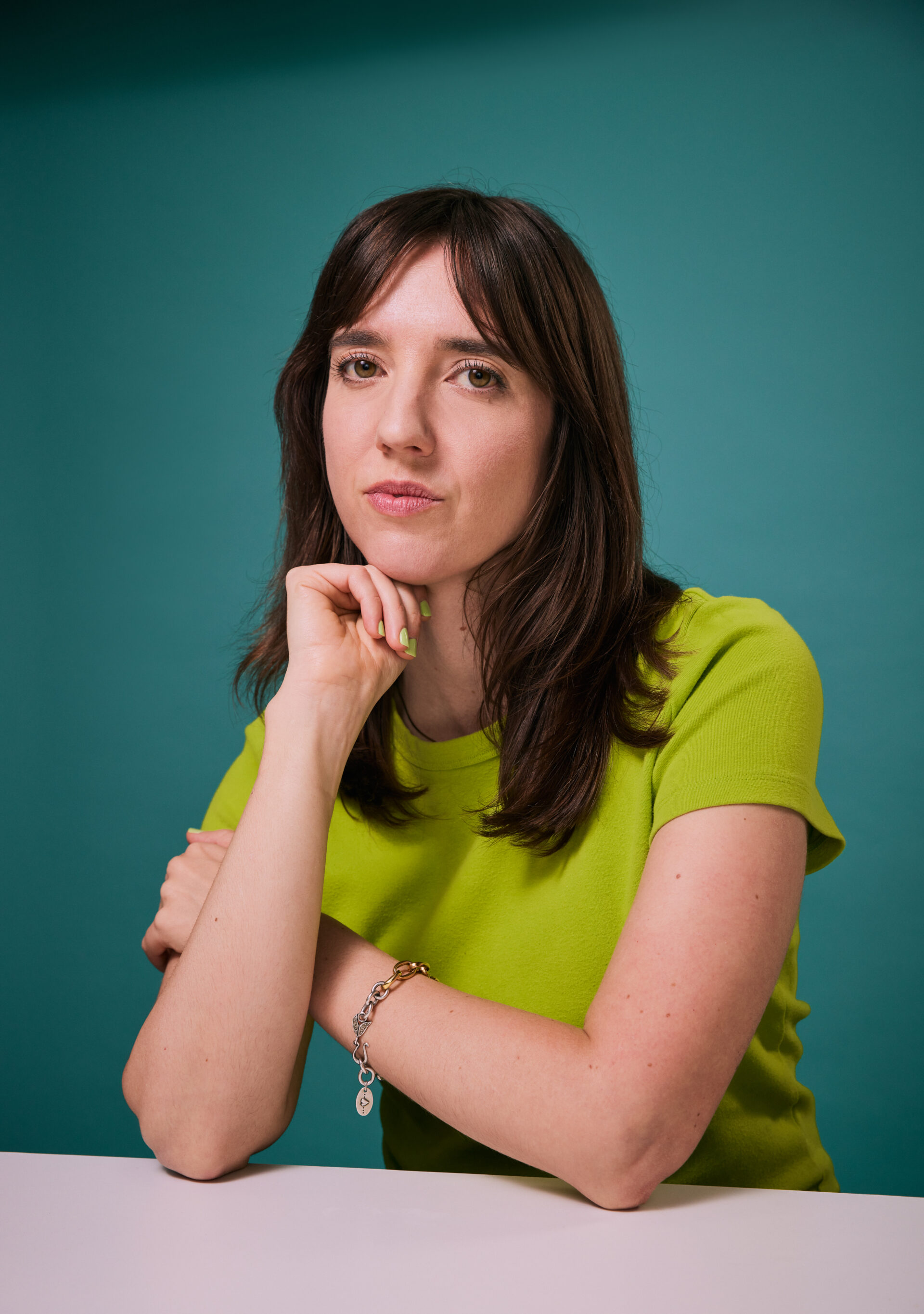Editor’s note: About once a month, the NewsHour’s editorial staff huddles in our conference room to brainstorm ideas for “theme weeks” where we explore a single topic from all different — and sometimes surprising — angles. The idea for an off-the-grid week came up. Stories about energy, geography and even fine arts were pitched. We also talked about the social media “grid” and asked, how long do we keep our children off the grid and is there value in young people engaging with social tools from Instagram to iPad apps? For the latter we turned to two teachers who have competing views about allowing social media in their classrooms. Let us know your thoughts in the comments below.
Yes: Bring social media to all classrooms
I have found the quietest students in my class speak the loudest on social media.
 One day, Nadia, a very quiet and reserved student, walked into class and said, “Mr. Goble, guess what?”
One day, Nadia, a very quiet and reserved student, walked into class and said, “Mr. Goble, guess what?”
“What?” I asked.
“I received a comment on my blog from a person in Australia,” she said. “You’re right! What we produce does extend beyond the walls of our classroom!”
At Ladue Horton Watkins High School in St. Louis, Missouri, my broadcast technology, multimedia and film class uses Facebook, Twitter and student blogs with support from our school administrators and parents. The No. 1 reason for that support is trust. Our school leaders trust that my students and I are making the right choices. I treat my students as professionals and hold them to high expectations. In return, they are motivated, engaged and ultimately hold themselves to high standards.
I have worked hard the past ten years to help students become media-literate, which I believe is essential to a 21st century learner. I believe these skills will also make a positive impact on the Common Core State Standards for all of our students.
Think about it: would you give the keys to a brand new Ferrari to a 13-year-old with no driving lessons and say, have fun? This is essentially what we are doing with social media.Building a digital legacy is an issue that doesn’t garner enough attention in our personal and professional lives. Some of the heaviest users of online tools and social media are our young students, who are growing up as a generation of visual learners and visual-attention seekers. This is, in fact, the YouTube generation, and the reality is that many teens are unconcerned about the dangers of sharing personal information online.
Students communicate, research, collaborate, create and publish online with or without the help of parents or educators. These same students then hop on social media to promote, discuss and share their thoughts with the world. The digital environment is offering us some of the greatest learning opportunities that young learners have ever had.
Yet in most cases, students are not learning social media skills. Think about it: would you give the keys to a brand new Ferrari to a 13-year-old with no driving lessons and say, have fun? This is essentially what we are doing with social media.
Social media has become one of the greatest educational tools of all time, and yet, it goes untaught. Why? Fear of the unknown? Lack of value? The time is now for education to instead embrace this form of learning and begin, even in small ways, embedding social media lessons in all classrooms.
Don Goble teaches Broadcast Technology, Film and Multimedia at Ladue Horton Watkins High School in St. Louis, Missouri. Mr. Goble was a part of the 2011 Apple Distinguished Educator class and speaks nationally on incorporating digital media into the classroom.
No: Keep social media social
Are we jumping on the social media bandwagon “just because” or are the benefits clear and worth it? My conclusion is the former.
I think it was some time around my third year of teaching when I first heard of Facebook, a website to which my students were supposedly “addicted.” I opened up an account with no intention of actually using it. What I discovered truly surprised me — I could reconnect with long lost camp friends, sneak a peek at ex-boyfriends and get annoyed with acquaintances who post antagonistic politics. Regardless, I forgot all about my students.
Facebook has become one huge “All About Me” project, and it has turned us all into self-absorbed eighth graders.Since that time, the number and choices of social media platforms has continued to grow, and each year, we teachers debate the benefits and trade-offs of trying to incorporate them into education.
I have tried to consider the positives to teaching social media. We can teach students how to discriminate “quality” shares versus irresponsible ones. (Do you vet what you read on the internet or just repeat misinformation?) We can teach them that sometimes writing less is more; conveying an idea with fewer words can be a valuable skill too.
But I’ve never gone much past dabbling. This kind of engagement might carry negative consequences, and at best, has dubious value.
The main reason I’d like to try to avoid social media use is a moral one. Kids today are addicted to technology; school can, and should, remain the one safe haven where they can unplug and just be present. Do we really want to give them another reason to be “connected?”
Students want to use social media for socializing, not as an extended classroom. Social media (more specifically, chatting on a cell phone via text or Twitter) is preventing our students from being socially aware of anything beyond themselves or their immediate social circle. A bored teenager no longer has to listen to adult conversation in the car, at the dinner table or on the living room TV, and so they pick up on absolutely nothing that’s not already familiar and of interest to them. Social media is not expanding their social circle or worldview, it’s limiting it. One student admitted to me, “I’m afraid we’re going to grow up and realize we’ve wasted so much time.”
I am also being told by students that using social media in education is a ship that has sailed. Students have told me they’re already bored with teachers trying to create discussion forums. Other teachers have told me that students are actually participating less than they did a few years ago. And instead of encouraging them to share their thoughts, maybe we should be teaching them that no, they don’t have to share every thought.
Young people have a tendency to want to be “heard,” even if they are uninterested in what others have to say. My eighth graders can’t wait to get up and present their beginning-of-year “All About Me” projects, seemingly unable to recognize that if they don’t want to listen to others presenting, what makes them think anyone else wants to listen to them? Most social media sites merely perpetuate this phenomenon and are creating a whole generation of adults who sadly do the same. Facebook has become one huge “All About Me” project, and it has turned us all into self-absorbed eighth graders.
Don’t get me wrong, it’s not all bad. But I think we should keep social media where it belongs: in the realm of that which is social. While I continue to keep up with friends on Facebook, my teenage students will continue to hang out with their friends on the medium of their choosing.
For now, I’ll just see them in class. And when they claim to be “present,” I’ll hope they really mean it.
Gail Leicht teaches eighth grade Language Arts/Literature and has authored several city guide books.
PBS NewsHour education coverage is part of American Graduate: Let’s Make it Happen, a public media initiative made possible by the Corporation for Public Broadcasting.
Popular News




Current News
Manufacturing
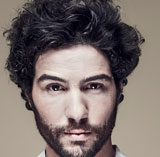
Collaboratively administrate empowered markets via plug-and-play networks. Dynamically procrastinate B2C users after installed base benefits. Dramatically visualize customer directed convergence without
Collaboratively administrate empowered markets via plug-and-play networks. Dynamically procrastinate B2C users after installed base benefits. Dramatically visualize customer directed convergence without revolutionary ROI.





About Us
Tech Photos
